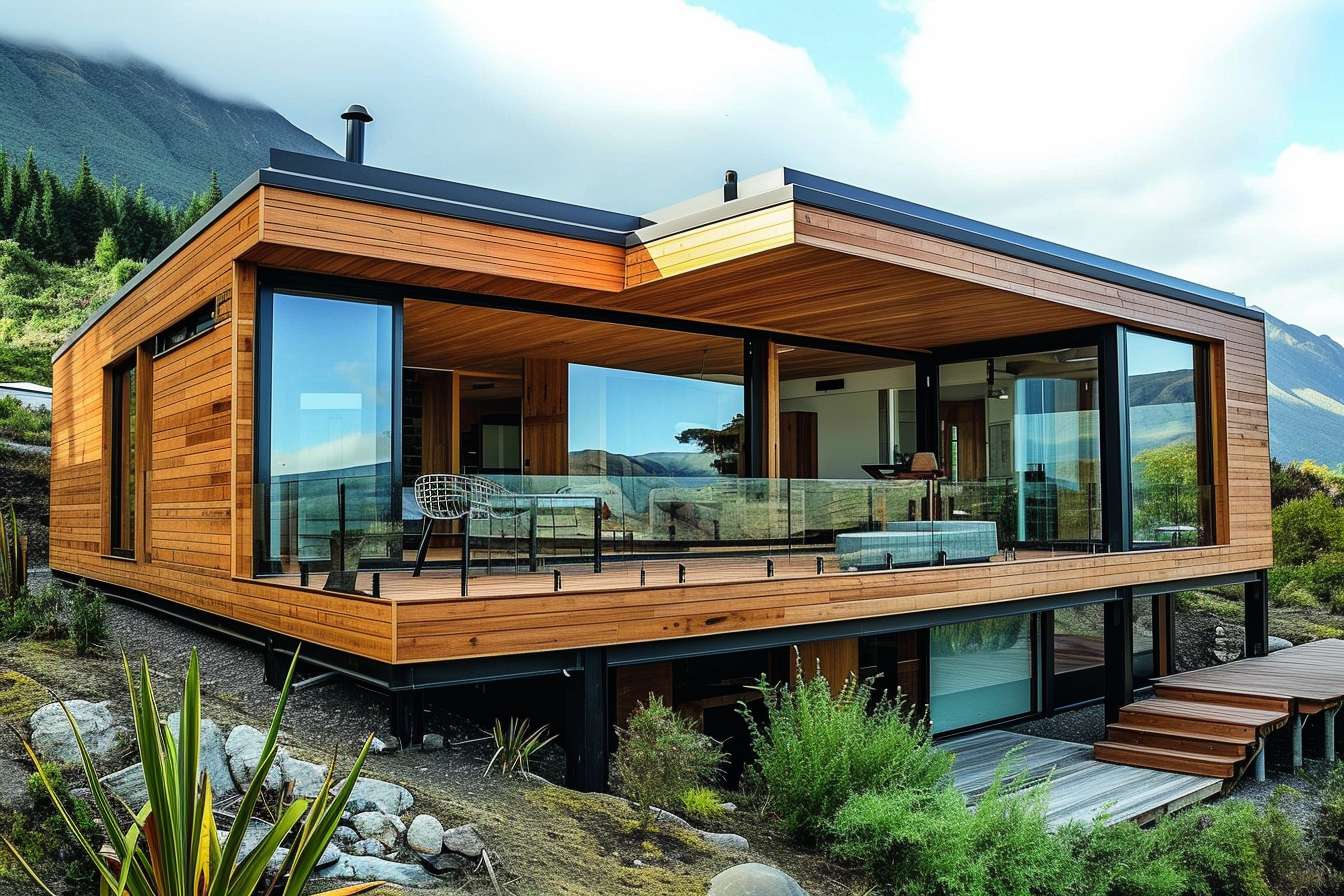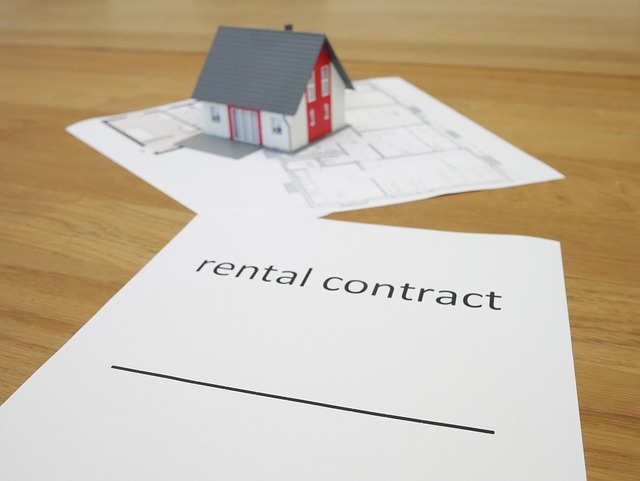Choosing the Right Windows for Your Home: Energy Efficiency Meets Style
Replacing your windows can lead to substantial energy savings and a noticeable boost in home comfort. With modern technology, today’s window designs offer improved insulation, soundproofing, and security. This article guides you through the top considerations when choosing windows that balance aesthetics with energy efficiency, helping you make the most of your investment.

What factors should I consider when selecting energy-efficient windows?
When choosing energy-efficient windows, several important factors come into play. The U-factor, which measures how well a window insulates, is a key indicator of energy efficiency. Lower U-factors indicate better insulation properties. Solar Heat Gain Coefficient (SHGC) is another crucial factor, representing how much solar radiation passes through the window. In warmer climates, a lower SHGC is often desirable to reduce cooling costs.
Window frame material also impacts energy efficiency. Options include vinyl, wood, fiberglass, and aluminum. Each material has its pros and cons in terms of insulation, durability, and maintenance requirements. Additionally, consider the number of panes in the window. Double-pane and triple-pane windows offer superior insulation compared to single-pane options, though they come at a higher cost.
How do glazing and framing choices impact window performance?
Glazing and framing choices significantly influence a window’s overall performance. Glazing refers to the glass used in windows, and various technologies can enhance its energy efficiency. Low-emissivity (Low-E) coatings, for instance, reflect heat while allowing light to pass through, improving insulation. Gas fills between panes, typically argon or krypton, provide better insulation than air.
Frame materials each have unique properties affecting energy efficiency. Vinyl frames offer good insulation and require minimal maintenance. Wood frames provide excellent insulation but need more upkeep. Fiberglass frames combine durability with energy efficiency, while aluminum frames, though strong, conduct heat more readily and may not be ideal for energy conservation.
The way frames are constructed also matters. Look for frames with thermal breaks, which are insulating barriers between the interior and exterior surfaces. These breaks reduce heat transfer, enhancing the window’s overall energy performance.
How can I compare window styles for ventilation, light, and design?
Window styles vary in their ability to provide ventilation, natural light, and aesthetic appeal. Double-hung windows, which have two operable sashes that move up and down, offer good ventilation and are easy to clean. Casement windows, hinged on one side and opening outward, provide excellent ventilation and unobstructed views.
Sliding windows are a popular choice for their ease of use and ability to let in ample light. Picture windows, which don’t open, maximize natural light and views but don’t provide ventilation. Bay or bow windows protrude from the wall, creating additional interior space and offering panoramic views.
For optimal natural light, consider the window’s size and placement in relation to the room’s orientation. South-facing windows typically receive the most sunlight throughout the day, while north-facing windows provide consistent, indirect light.
What are the latest trends in window design and technology?
Window technology continues to evolve, offering improved energy efficiency and functionality. Smart windows, which can change their tint electronically to control light and heat, are gaining popularity. These windows can adapt to changing weather conditions, potentially reducing energy costs.
Vacuum-insulated glazing is another emerging technology, offering superior insulation in a thinner profile than traditional double-pane windows. This can be particularly beneficial in retrofitting older homes where thicker frames might not be suitable.
In terms of design, large, expansive windows that blur the line between indoor and outdoor spaces are trending. This includes floor-to-ceiling windows and sliding glass walls that open up entire sides of rooms.
How do regional climate considerations affect window selection?
Climate plays a crucial role in window selection. In cold climates, windows with a low U-factor are essential to minimize heat loss. Triple-pane windows or those with Low-E coatings can be particularly effective in these regions.
In hot climates, the focus shifts to reducing solar heat gain. Windows with a low SHGC and spectrally selective coatings can help keep interiors cool. Tinted or reflective glazings may also be beneficial in these areas.
For mixed climates, versatile windows that can manage both heating and cooling needs are ideal. Dynamic windows that can adjust their properties based on weather conditions can be particularly effective in these regions.
What are the cost considerations for different window options?
The cost of windows can vary significantly based on material, style, size, and energy-efficient features. Here’s a general overview of window costs by frame material and type:
| Window Type | Frame Material | Average Cost Range (per window) |
|---|---|---|
| Double-Hung | Vinyl | $200 - $600 |
| Double-Hung | Wood | $300 - $800 |
| Casement | Vinyl | $300 - $700 |
| Casement | Wood | $400 - $1,000 |
| Sliding | Vinyl | $250 - $600 |
| Picture | Vinyl | $300 - $800 |
| Bay/Bow | Vinyl | $1,500 - $3,500 |
| Bay/Bow | Wood | $2,000 - $5,000 |
Prices, rates, or cost estimates mentioned in this article are based on the latest available information but may change over time. Independent research is advised before making financial decisions.
Energy-efficient features like Low-E coatings, gas fills, and triple-pane construction can increase costs by 10-50% but often lead to long-term energy savings. Installation costs, which can range from $100 to $300 per window, should also be factored into the overall budget.
When considering window replacement, it’s important to balance upfront costs with potential energy savings and increased home value. While higher-end, energy-efficient windows may have a higher initial cost, they can lead to significant energy savings over time and potentially increase your home’s resale value.
Choosing the right windows for your home involves careful consideration of energy efficiency, style, and budget. By understanding the various factors that influence window performance and cost, you can make an informed decision that enhances both the comfort and value of your home.




